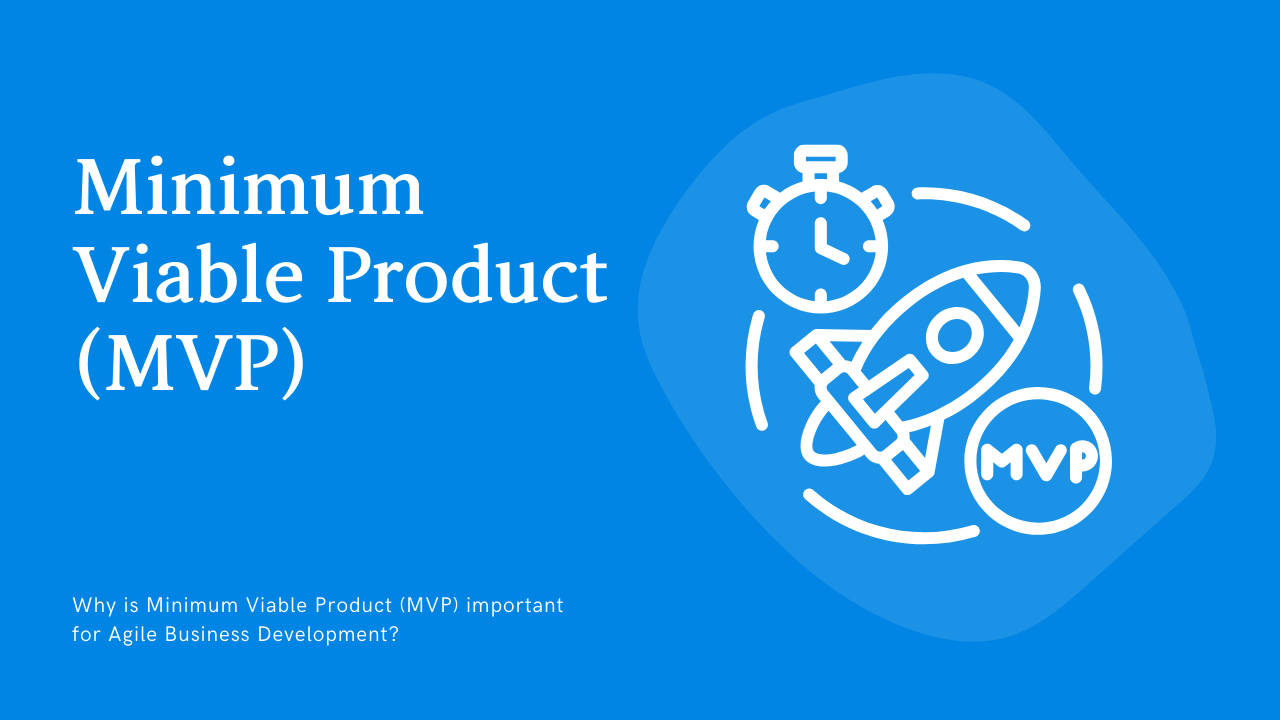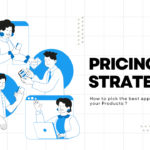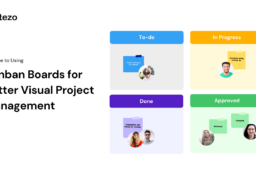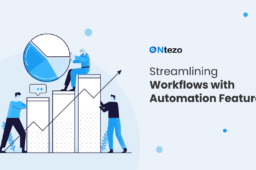
Why is a Minimum Viable Product (MVP) Important for Agile Business Development?
- September 25, 2024
- by
- tehreem
Imagine sinking thousands of dollars into developing a product only to realize it’s not what your customers want. Frustrating, right? This is the reality for many businesses that skip over the essential step of validating their ideas before going all in. The pressure to meet market demands swiftly is a real challenge. If you’re in the fast-paced world of Agile Business Development, this pain is amplified by the constant need to stay adaptive and innovative. But there’s a solution: the Minimum Viable Product (MVP). Not only does it reduce the risk of failure, but it also streamlines the process of turning ideas into products that resonate with your target audience.
Let’s dive into why an MVP is crucial for Agile Business Development and how it can revolutionize the way you launch products.
What is a Minimum Viable Product (MVP)?
A Minimum Viable Product (MVP) is the most basic version of a product, designed to test core features and gather feedback from real users. Introduced by Eric Ries in his Lean Startup methodology, the MVP allows businesses to collect vital information with minimal resources, ensuring that the product meets market needs before fully developing it. The MVP’s primary function is to validate assumptions about the product’s viability while minimizing costs and risk.
Why MVP is Critical in Agile Business Development?
Accelerated Product Launches and Time-to-Market
In the dynamic landscape of Agile Business Development, speed is key. MVPs enable businesses to release core product features quickly and efficiently. Instead of spending months developing a fully-fledged product, MVPs allow teams to roll out essential functionalities in short sprints. This process, fundamental to the Agile methodology, allows companies to test the waters, gain user insights, and make necessary adjustments, all while keeping up with iterative development.
A great example of this strategy in action is Airbnb. The founders built a simple website and listed their apartment, testing the idea of short-term peer-to-peer rentals before scaling their platform.
This incremental development helped them adapt and grow based on real-time feedback, making Airbnb the global platform it is today.
Cost Efficiency and Risk Reduction
One of the greatest benefits of MVPs in Agile Business Development is the reduction of costs and risks. Traditional product development involves significant investments in time, money, and resources. But what happens if the final product doesn’t align with customer expectations? You’ve lost more than just money—you’ve lost valuable time and market opportunities.
MVPs allow businesses to avoid this scenario by focusing on the core features that matter most. By testing a product in the market early on, companies can determine whether there’s a demand for their offering. This method ensures resources are allocated effectively, avoiding the risk of developing products that may not resonate with users(
In industries where market conditions change rapidly, minimizing development time and focusing on user feedback can mean the difference between success and failure.
User Feedback and Iterative Improvements
In Agile Business Development, continuous user feedback is essential for driving product evolution. An MVP facilitates this by offering a product version that users can interact with, providing insights into how features are used and where improvements are needed. Since Agile development focuses on iterative cycles, incorporating feedback from MVP users allows companies to refine their products in real time, making adjustments based on actual data rather than assumptions.
By utilizing an MVP, companies can focus on validated learning, ensuring that the product is evolving in line with user expectations. This not only enhances the overall user experience but also increases the likelihood of achieving a successful product-market fit.
Key Benefits of MVP for Agile Teams
Validating Market Demand Early
One of the primary reasons MVPs are so valuable in Agile Business Development is their ability to validate market demand early on. Before pouring resources into a full-scale product, an MVP allows you to gauge whether users are genuinely interested in your product. Testing a hypothesis with an MVP offers valuable insights that help guide the direction of the product’s development(
Take Dropbox, for example. They launched with a simple explainer video to see if there was interest in their cloud storage solution. Based on the overwhelming response, they moved forward with development, eventually growing into the giant they are today.
Fostering Team Collaboration and Communication
Collaboration is at the heart of Agile Business Development. The MVP process enhances this by encouraging close teamwork between developers, marketers, designers, and other key stakeholders. By focusing on the MVP’s core features, teams can align their efforts, ensuring that the product being developed meets both business and customer needs.
Daily communication and feedback loops keep everyone on the same page, allowing the team to make informed decisions based on user feedback and real-world data. This cross-functional collaboration ultimately leads to a more cohesive product that is better equipped to serve its target market.
Adaptability and Scalability
The flexibility offered by MVPs makes them perfect for the Agile development model, which thrives on adaptability. As user feedback comes in, businesses can make quick pivots to improve the product. This allows for continuous evolution, ensuring the product stays aligned with market needs(
For instance, Foursquare started with a simple check-in feature before expanding based on user demand. This adaptability enabled them to scale up their product as user engagement grew.
Challenges and Common Pitfalls with MVP in Agile Development
Misunderstanding the ‘Viable’ Aspect
One common pitfall teams face when developing an MVP is focusing too much on the “minimum” and not enough on the “viable.” An MVP should provide meaningful value to users, not just be a barebones product. Failing to create a product that offers real user value can result in poor feedback, hindering future development.
Teams need to remember that while the MVP should be simple, it must also be functional and capable of delivering a good user experience.
Avoiding Further Iterations
Another challenge in Agile development is stopping after delivering an MVP. Many teams mistakenly believe that an MVP is the end goal, but in reality, it’s just the beginning of the product development journey. Agile methodologies rely on continuous iterations, and the MVP must evolve based on feedback to reach its full potential.
Teams must be prepared to continue iterating, improving the MVP based on the feedback they receive, to ensure the product meets customer expectations.
FAQs Section
1. What is the difference between an MVP and a full product?
An MVP includes only the core features necessary to test the product with early users, while a full product includes all planned features.
2. Why is user feedback critical in MVP development?
User feedback ensures the product meets real customer needs and allows for continuous improvements in alignment with user preferences.
3. Can an MVP fail?
Yes, but failure in an MVP is beneficial because it saves time and resources compared to
The Minimum Viable Product (MVP) plays a crucial role in Agile Business Development by reducing risk, speeding up time-to-market, and fostering collaboration. It allows businesses to validate market demand early, adapt to changing needs, and continuously improve based on real-world feedback. Companies using MVPs are better equipped to stay customer-centric and agile in today’s fast-paced market, making the MVP a cornerstone of successful product development.
By embracing MVP within Agile frameworks, businesses can ensure they build products that not only meet market needs but also have the potential to scale effectively.






